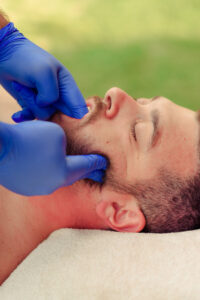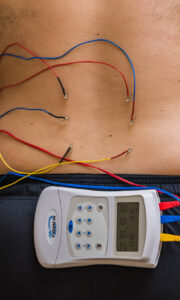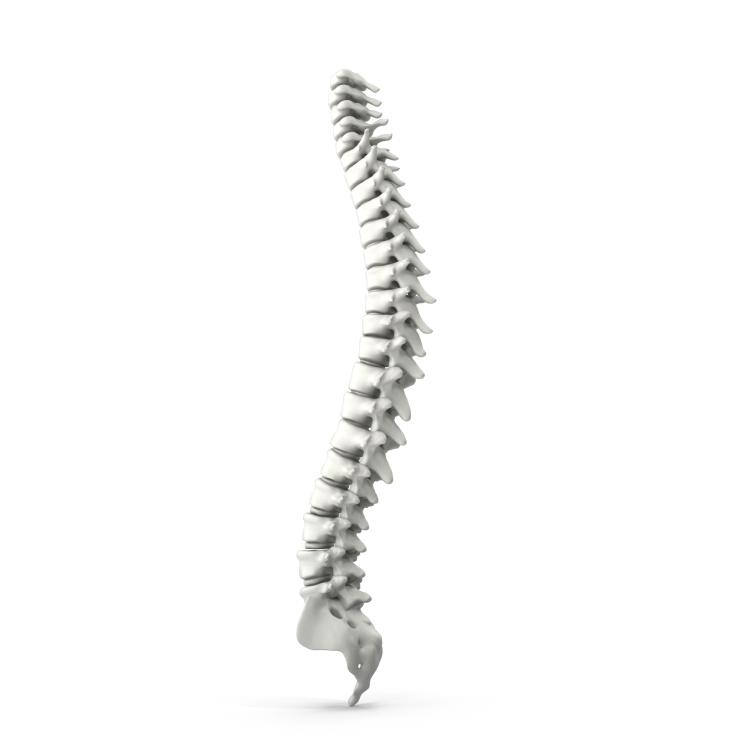- Home
- New Patients
- Treatments
- All Treatments
- Physiotherapy Evaluation
- Vestibular rehabilitation
- Cervicocranial treatment
- LVLA – Low Velocity Low Amplitude
- HVLA – High Velocity Low Amplitude
- Modern Cupping Treatment
- Kinesio Taping
- Kinetic Flossing
- IASTM – Instrument Assisted Soft Tissue Mobilization
- Dry Needling
- Electro Dry Needling
- Manual Therapy
- Therapeutic Exercises
- Low Level Laser Treatment
- About Aleks
- Blog
- F&Q
- Contact
- Home
- New Patients
- Treatments
- All Treatments
- Physiotherapy Evaluation
- Vestibular rehabilitation
- Cervicocranial treatment
- LVLA – Low Velocity Low Amplitude
- HVLA – High Velocity Low Amplitude
- Modern Cupping Treatment
- Kinesio Taping
- Kinetic Flossing
- IASTM – Instrument Assisted Soft Tissue Mobilization
- Dry Needling
- Electro Dry Needling
- Manual Therapy
- Therapeutic Exercises
- Low Level Laser Treatment
- About Aleks
- Blog
- F&Q
- Contact
Treatments
Physiotherapy treatments encompass a diverse range of evidence-based interventions, including manual therapy, exercise prescription, and modalities, tailored to address musculoskeletal, neurological, and other health conditions, aiming to optimize function and promote overall well-being.

A physiotherapy assessment, also known as a physical therapy evaluation, is a systematic and thorough evaluation performed by a physiotherapist to assess a patient’s physical health, functional abilities, and any musculoskeletal or neurological issues.

Vestibular physiotherapy, also known as vestibular rehabilitation therapy (VRT), is a form of physical therapy that focuses on treating balance and dizziness disorders related to the vestibular system.

Cervicocranial treatment, also known as cervicocranial dysfunction treatment, is a therapeutic approach that focuses on addressing issues related to the neck (cervical spine) and the head (cranial region).

Low velocity, low amplitude” is a term commonly used in the context of physical therapy and rehabilitation. It refers to a specific technique used by therapists when performing joint mobilizations or manipulations on patients.

HVLA stands for “High-Velocity Low-Amplitude,” and it is a technique commonly used in various manual therapies, including certain types of physiotherapy manipulative treatments.

Modern cupping treatment is a therapeutic technique that has gained popularity in recent years and is based on the ancient practice of cupping therapy. Cupping involves placing cups on the skin to create a vacuum or suction, which draws the skin and underlying tissues upward.

Kinesio taping, also known as elastic therapeutic taping or Kinesio tape, is a therapeutic technique that involves the application of a specialized elastic tape to the skin to provide support and stability to muscles and joints.

Kinetic flossing is a therapeutic technique that involves using a narrow, elastic compression band (usually made of rubber or latex) to wrap around a specific joint or muscle group.

IASTM stands for “Instrument-Assisted Soft Tissue Mobilization.” It is a therapeutic technique used in physical therapy and rehabilitation to address soft tissue dysfunction, such as scar tissue, adhesions, and fascial restrictions.

Dry needling is a therapeutic technique used by Physiotherapist, to treat musculoskeletal pain and dysfunction. It involves the insertion of thin, solid needles into specific trigger points, tight muscles, or areas of soft tissue dysfunction to relieve pain and improve muscle function.

Electro Dry Needling is a modified form of dry needling which utilizes an electro-stimulation unit connected via cables to fine filament needles. The combination of dry needling with electro-stimulation often prolongs the pain relief effect by blocking nerve pathways and preventing pain signals from travelling to the brain.

Manual therapy is a hands-on treatment approach used by physical therapists to diagnose and treat various musculoskeletal and neuromuscular conditions. It involves skilled manipulation and mobilization of joints, soft tissues, and muscles to improve joint mobility, reduce pain, and enhance overall function.

Therapeutic exercises are specific physical exercises prescribed by Physiotherapists to help individuals recover from injuries, improve function and posture, and manage various medical conditions.

Low-Level Laser Therapy (LLLT), also known as cold laser therapy or photobiomodulation, involves the use of low-power lasers diodes to stimulate cellular function. The light is typically in the red or near-infrared spectrum.
Having a spine Problem? Try Our Therapy Today
“Empower your body’s journey to wellness. Book your physiotherapy session today and embrace a pain-free, active life.”
Spinal stenosis
Herniated disc
Disc Bulge


